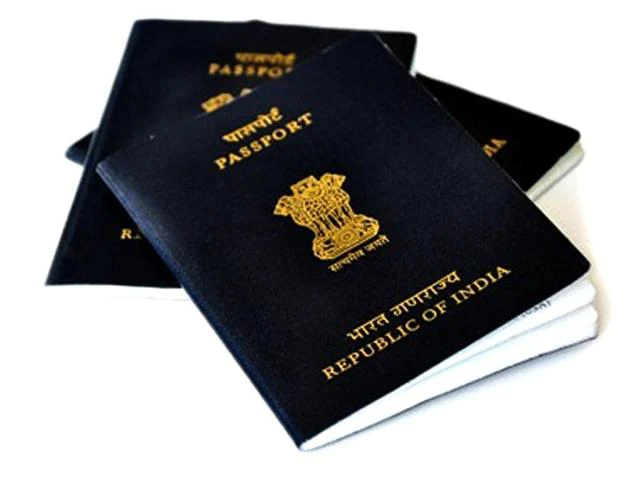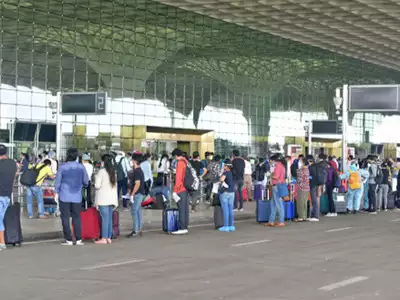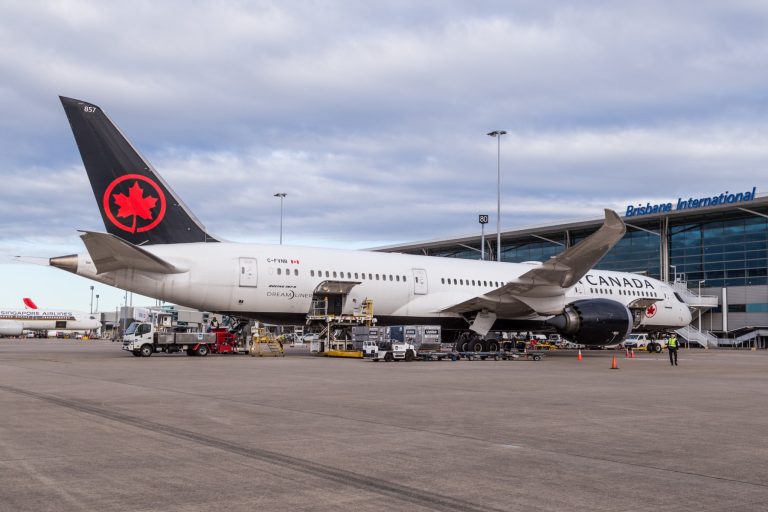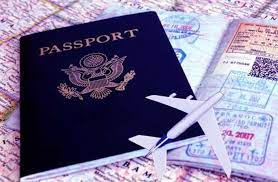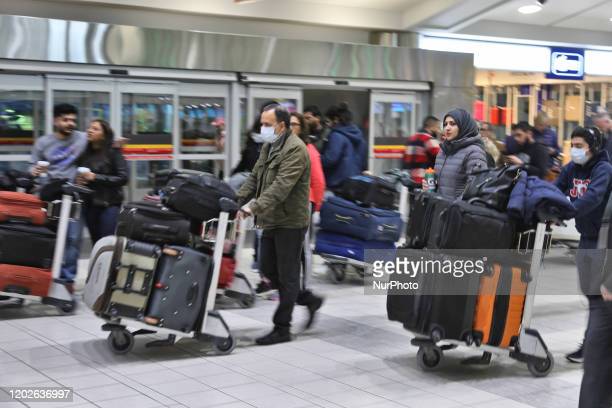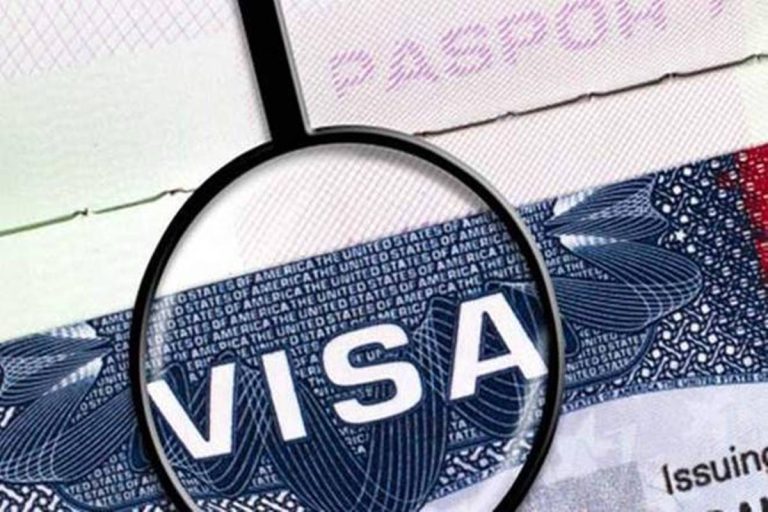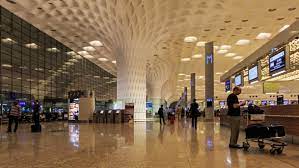What To Do If You Get A TYPES OF INDIAN Visa Or Indian Visa Rejected
If you’ve recently received a TYPES OF INDIAN visa or Indian visa rejected, don’t panic – there are some things that you can do to try and get the visa approved again. In this article, we’ll outline some of the most common reasons why your visa application might have been rejected, as well as some tips on how to try and rectify the situation. TYPES OF INDIAN EVISA
What is a TYPES OF INDIAN Visa?
Types of Indian visas include tourist, business, student, and work visas. To apply for a visa, you will need to submit an application form and undergo a medical examination. Once you have been approved for a visa, you will need to provide proof of your qualifications and travel arrangements.
What is a INDIAN VISA REJECTED?
If you have received a rejection notice for your Indian visa application, there are a few things that you can do.
First, make sure that all of the information on your passport and visa application is accurate. If it is not, you may be required to provide additional documentation.
Second, check the individual country’s requirements for Indian visas. Some countries require applicants to have a job offer or other sponsor in order to be approved for a visa. Others may require more specific information about your intended stay in the country.
Third, consult with an immigration attorney. An attorney may be able to help you understand the specific requirements of your visa application and how best to comply with them. INDIAN VISA REJECTED
How to get a TYPES OF INDIAN Visa?
If you have a TYPES OF INDIAN visa and it has been rejected, there are certain things you can do to try and get it approved again.
- Speak with the embassy or consulate where your visa was originally issued about your situation. They may be able to help you submit a new application that is more likely to be accepted.
- Try to find information about other types of visas that might be available to you, such as a business visa or tourism visa. This will help you narrow down your options and make the application process easier.
- Get plenty of documentation ready before you go to the embassy or consulate, including copies of all of your paperwork from when your visa was originally issued, letters of support from friends or family members who live in India, and any other relevant information.
- Be prepared to answer questions thoroughly and honestly about your reasons for wanting to visit India (or any other country for that matter). If you can show that you have a good reason for wanting to travel there, chances are that the embassy or consulate will be more inclined to approve your application
How to get a INDIAN VISA REJECTED?
If you are rejected for a visa to India, there are several things that you can do. You may be able to appeal the decision or get a new visa. If you have already arrived in India and your visa has been rejected, it is best to leave as soon as possible.
What to do if your TYPES OF INDIAN Visa or INDIAN VISA is rejected?
If you have a TYPES OF INDIAN visa or Indian visa rejected, there are a few things you can do. The most common reason for a visa rejection is missing documentation. Below are some of the most common documents that may need to be submitted with your application:
The completed Visa Application Form DS-160
Proof of Travel Documents (passport, air ticket, etc.)
Photo Identification (passport, driver’s license, etc.)
Bank Statement/Insurance Proof If possible, you should try to submit all of these documents at the same time so that they can be cross-checked. If any of these documents are missing or not sufficient, they will likely require additional documentation to be uploaded to the application system. This additional information may include: Health Insurance Coverage certificate
Employment Authorization Document (EAD)
income tax return or other financial statement If you have any questions about what documentation is required for your visa application, please contact your nearest U.S. Embassy or Consulate.
